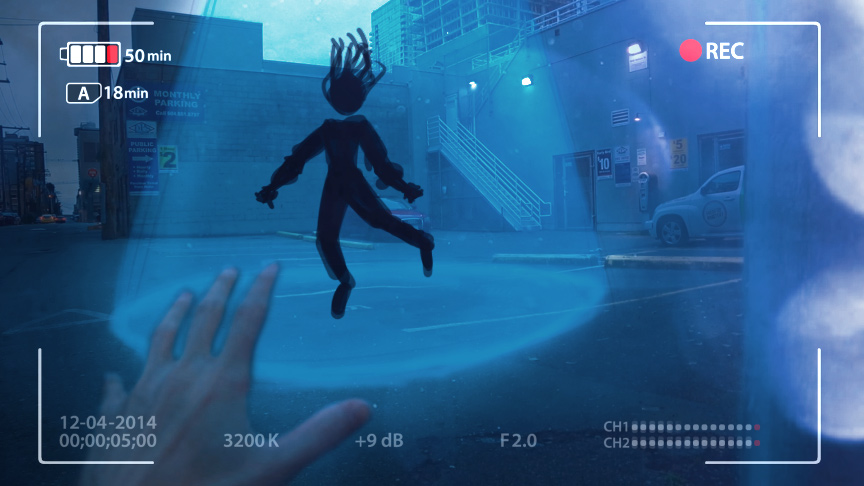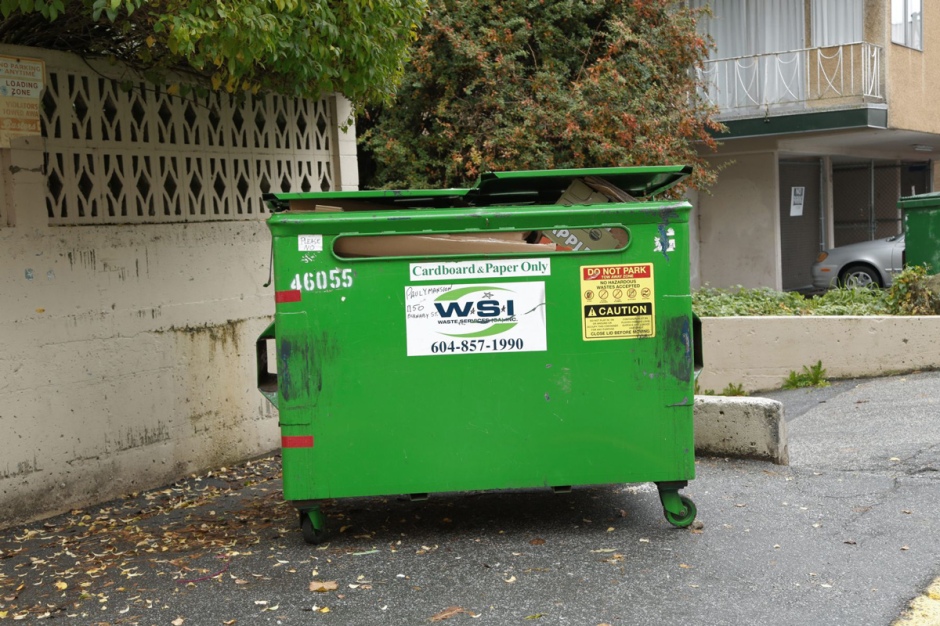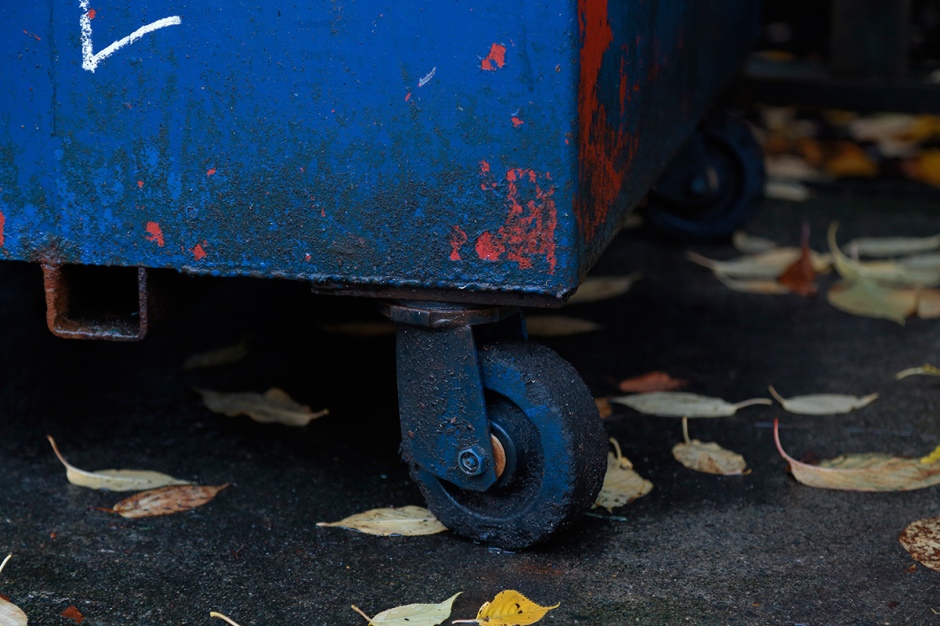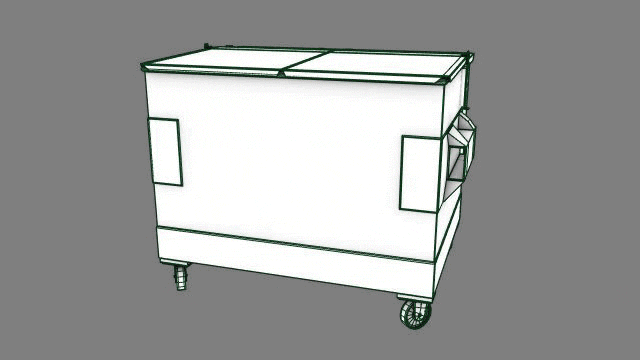Yesterday we spent the whole day grouped together in room 105, reviewing and getting feedback from our mentors regarding our projects. It was pretty cool because we got to see everyone else’s projects, not just our own. Some very nice reels at work in 3D111, gotta tell you.
I was the second to last to present, so I ended up taking notes for a lot of people too. The review for Hovering Lights was quick and, fortunately, not about technical aspects, but regarding some story elements, which, I think, is a good thing because it shows the mentors care about the story.
Their comments were very focused on the garage sequence, suggesting some more complex actions involving aliens and car headlights, but still keeping all the events in silhouette shape. After the presentation, Fernão also pointed out a great alien reference for this particular scene, from the XCOM game series. The looks of the creature are close to what I had in mind, but they’re shorter, and move on all fours, but very quickly. He mimicked their movement around the student lounge and it matches with what should happen in the scene. This, of course, means we’ll have a new version for the script as well, coming out soon.
Another very important point of the discussion was about the aspect ratio for the whole reel. At first they thought the square aspect ratio of the first two shots was odd, and when I said “Instagram” they loved the idea and insisted that I had to do the whole thing Instagram-like, with duration-limit to every shot, as well as build up an instagram account to make the thing more believable.
This is an interesting turn in terms of the project development because it feels like a “back to its origins”. It started as a fake-video for youtube, to fool people into thinking it was a real event. Then I ended up bringing too much film into it, and with this, it’s going back to the believable illusion concept, which is also the heart and soul for Visual Effects: you can never be sure of what is real and what is not while watching a movie. I like the way this is going. If you wanna keep track of this and know when I start posting, just follow my brand new instagram (I never had an account and I actually dislike iPhones), the things we do for a project, right?
As extras, I’m posting here the one-frame slapcomps for the final shot, because they’re very close to what I hope to achieve. There will be much more detail in the ships, of course, but their menacing presence is well represented on these frames.
The following steps are reshooting the scenes using an iPhone to have a real reference of how it would look if shot on an phone, then when we’re ready to roll for real, shoot with a proper camera and wreck image quality as the last step of the process.
I still want to make a couple custom nodes for Nuke, for the camera overlays (that are being kicked off the project because they scream 1990’s) and some optical artifacts as well as the previously mentioned video glitches and corrupt frames. During the break I’ll talk to friends back in Brazil that can help me making the whole story and instagram account more believable.

























You must be logged in to post a comment.